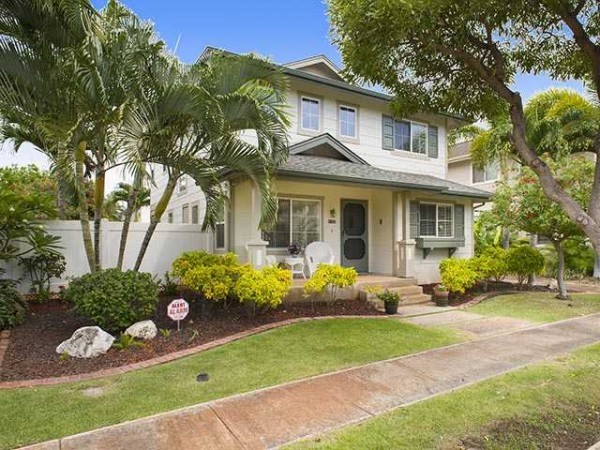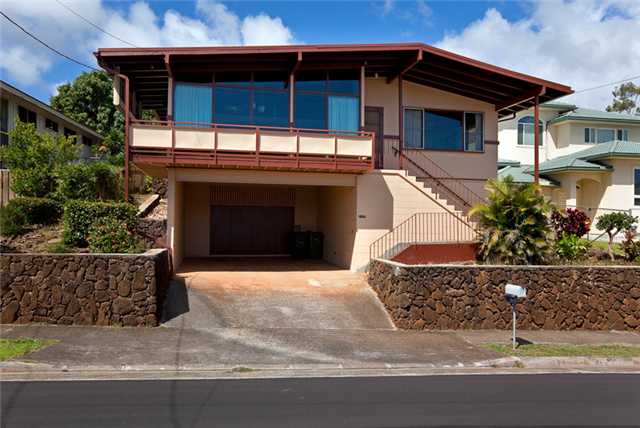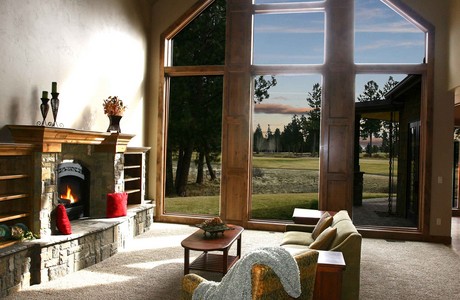Oahu Real Estate Detail
The island is home to about 953,207 people (approximately 75% of the resident population of the state, with approximately 75% of those living on the "city" side of the island). Oʻahu has for a long time been known as "The Gathering Place". However, the term Oʻahu has no confirmed meaning in Hawaiian, other than that of the place itself.[4] Ancient Hawaiian tradition attributes the name's origin in the legend of Hawaiʻiloa, the Polynesian navigator credited with discovery of the Hawaiian Islands. The story relates that he named the island after a son.
Locals consider the island to be divided into various areas, which may overlap. The most commonly accepted areas are the "City", "Town" or "Town side", which is the metropolitan area from Halawa to the area below Diamond Head (residents of the island north of the Koʻolau Mountains consider the Town Side to be the entire southern half); "West Oʻahu," which goes from Pearl Harbor to Kapolei and Ewa and may include the Makaha and Waianae areas; the "North Shore" (northwestern coast); the "Windward Side" (northeastern coast); the "East Side" (the eastern portion of the island, including both the Windward Side and the area east of Diamond Head; and "The Valley" or "Central Oʻahu" which runs northeast from Pearl Harbor toward Haleiwa. These terms are somewhat flexible, depending on the area in which the user lives, and are used in a mostly general way.
The island is home to about 953,207 people (approximately 75% of the resident population of the state, with approximately 75% of those living on the "city" side of the island). Oʻahu has for a long time been known as "The Gathering Place". However, the term Oʻahu has no confirmed meaning in Hawaiian, other than that of the place itself.[4] Ancient Hawaiian tradition attributes the name's origin in the legend of Hawaiʻiloa, the Polynesian navigator credited with discovery of the Hawaiian Islands. The story relates that he named the island after a son.
Locals consider the island to be divided into various areas, which may overlap. The most commonly accepted areas are the "City", "Town" or "Town side", which is the metropolitan area from Halawa to the area below Diamond Head (residents of the island north of the Koʻolau Mountains consider the Town Side to be the entire southern half); "West Oʻahu," which goes from Pearl Harbor to Kapolei and Ewa and may include the Makaha and Waianae areas; the "North Shore" (northwestern coast); the "Windward Side" (northeastern coast); the "East Side" (the eastern portion of the island, including both the Windward Side and the area east of Diamond Head; and "The Valley" or "Central Oʻahu" which runs northeast from Pearl Harbor toward Haleiwa. These terms are somewhat flexible, depending on the area in which the user lives, and are used in a mostly general way.
Oahu Real Estate
Oahu Real Estate
Oahu Real Estate
Oahu Real Estate
Oahu Real Estate
Oahu Real Estate
Oahu Real Estate
Oahu Real Estate
Oahu Real Estate
Oahu Real Estate
Oahu Real Estate
Oahu Real Estate


























































